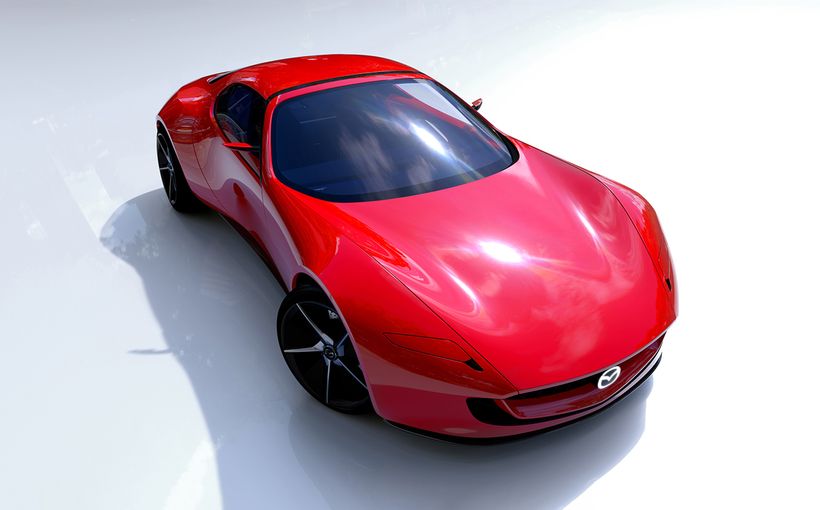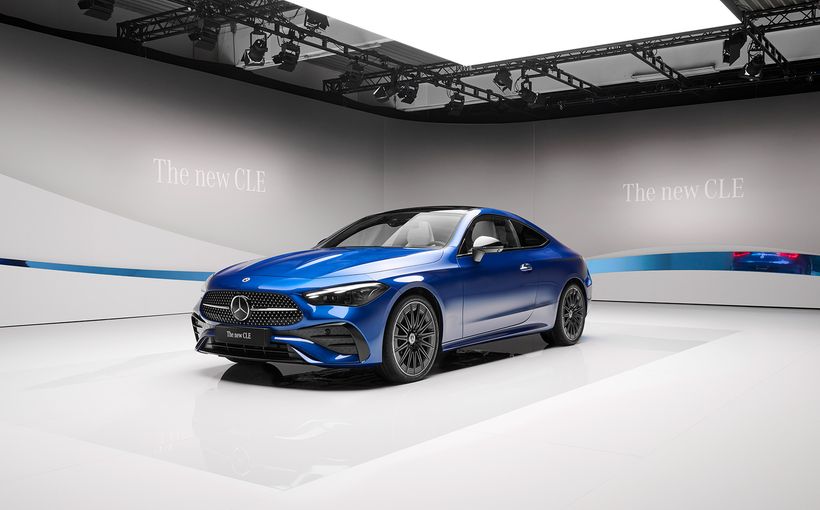Is the Mercedes-AMG GT R a fitting successor to the mighty SLS?
WHEN Mercedes announced that its discontinued SLS sports flagship would not have a successor, the motoring community was left both saddened and scratching their heads.
It is widely known that ultra high performance range-toppers are not volume sellers for any brand, but the so-called ‘halo effect’ they have on sales of lesser models is also just as well documented, so why would the German car-maker deprive itself of such a hero, especially as its rivals appear to be focusing on the segment more than ever?
But when in 2014 the company announced a sportscar to match the SLS AMG in the form of the Mercedes-AMG GT it became clear that Mercedes had always intended on having a manic rear-drive front-engined rocket, just not as a replacement for the SLS. Confused? We are.
While Mercedes-AMG maintains that with a different naming system, the GT severs the blood line of previous AMG models, we will let you decide whether the latest GT S variant is a worthy successor, but if you are not convinced then what about an even more potent version?

Unveiled last month, the newest AMG GT variant gains an R in place of the previous highest performance version’s S, but this is not just a badge and bodykit exercise because an extra 55kW under the bonnet takes maximum output to a mighty 430kW from the twin-turbo dry-sump 4.0-litre V8.
Torque is unchanged at 700Nm but with some weight-saving measures, the GT R has smashed two tenths of a second from the zero to 100km/h dash, for an impressive figure of just 3.6s and a top speed of 318km/h.
The extra output is largely thanks to a revised turbocharger design. The brace of blowers still sit atop the engine in the V8 valley, but have different compressors to push boost pressure from 1.2 bar to 1.35 bar.

Extra power is just the start, with extensive modification over the ‘regular’ GT S spreading to almost all other areas of the sportscar.
Lightweight carbon-fibre is used in areas such as the front wings, roof and a “torque tube” – the equivalent of a propshaft for transaxle cars, along with a specially developed carbon-fibre exhaust to not only reduce weight but increase the coupe’s torsional rigidity by a claimed 7.5 per cent.

As well as extensive use of aluminium and other weight-saving materials across the vehicle, sound insulation has been stripped out, while there is an option of lightweight AMG Performance forged alloy wheels – 19-inch at the front and 20-inch at the rear, in a 10-spoke matte-black design.
The work of the aerodynamicists becomes apparent when looking beyond the broad, toothy “Panamericana” grille – a nod to the GT3 racing car and a tribute of sorts to the 300SL that won the Panamericana road race in Mexico in 1952.

The “AMG Green Hell Magno” paintwork is named in honour of the northern loop of the Nurburgring racetrack on which the GT S spent many weeks in testing and development.
Technical highlights beyond those already on the GT S just keep on coming with the R-rated version, including active rear-wheel steering, a nine-way adjustable traction control system and adjustable coil-over suspension with additional electronic control.
The driver can now adjust spring pre-load, changing the drive and roll behaviour as well as the grip levels, Mercedes says, to tailor them to personal preferences or to a particular racetrack.
This combines with the AMG Ride Control adaptive damping system, which is electronically controlled and automatically adapts the damping on each wheel, with three different modes.

The electro-mechanical rear-wheel steering marks the first application for this type of system on a Mercedes-AMG model.
The new traction control system, meanwhile, allows the driver to pre-select the amount of slip tolerance at the rear axle – in nine predefined levels – via a rotary switch on the centre console.
Level one is programmed for driving in wet conditions and thus has “high safety reserves” while Level nine allows big sideways action.

Further improving the dynamic performance of the GT R, the Affalterbach-based technical team widened the front and rear track while the 19-inch front and new 20-inch rear wheel and tyre combination is fitted standard with Z-rated Michelin Pilot Sport Cup 2 tyres measuring 275/35-section at the front and 325/30 at the rear.
Despite the numerous modifications and enhancements, the front/rear weight distribution remains 47:53.
So now you have the technical figures to digest, does this all sound somewhat familiar?

Before the SLS took a final bow, Mercedes treated the model to one final hurrah and a visit to the esteemed Black workshop, where its naturally aspirated 6.3-litre V12 was squeezed to produce 464kW, as well as the application of carbon-fibre fins, fat arches and a lurid colour if you wanted it.
Zero to 100? That took 3.6 seconds, and with a road long enough, the Black Series could hit 315km/h.
Mercedes might not want you to think so but, while its latest high-performance offering is certainly a razor-sharp cutting-edge motor car, it has a lot in common with the much celebrated and missed SLS AMG, which fades into a misty pre-Mercedes-AMG past.

Is a name change enough of a disconnection to separate the Mercedes-AMG GT R from the Mercedes-Benz SLS AMG, or is oil thicker than water?
Daniel Gardner GoAuto.com.au
Protect your Mercedes-Benz. Call Shannons Insurance on 13 46 46 to get a quote today.









